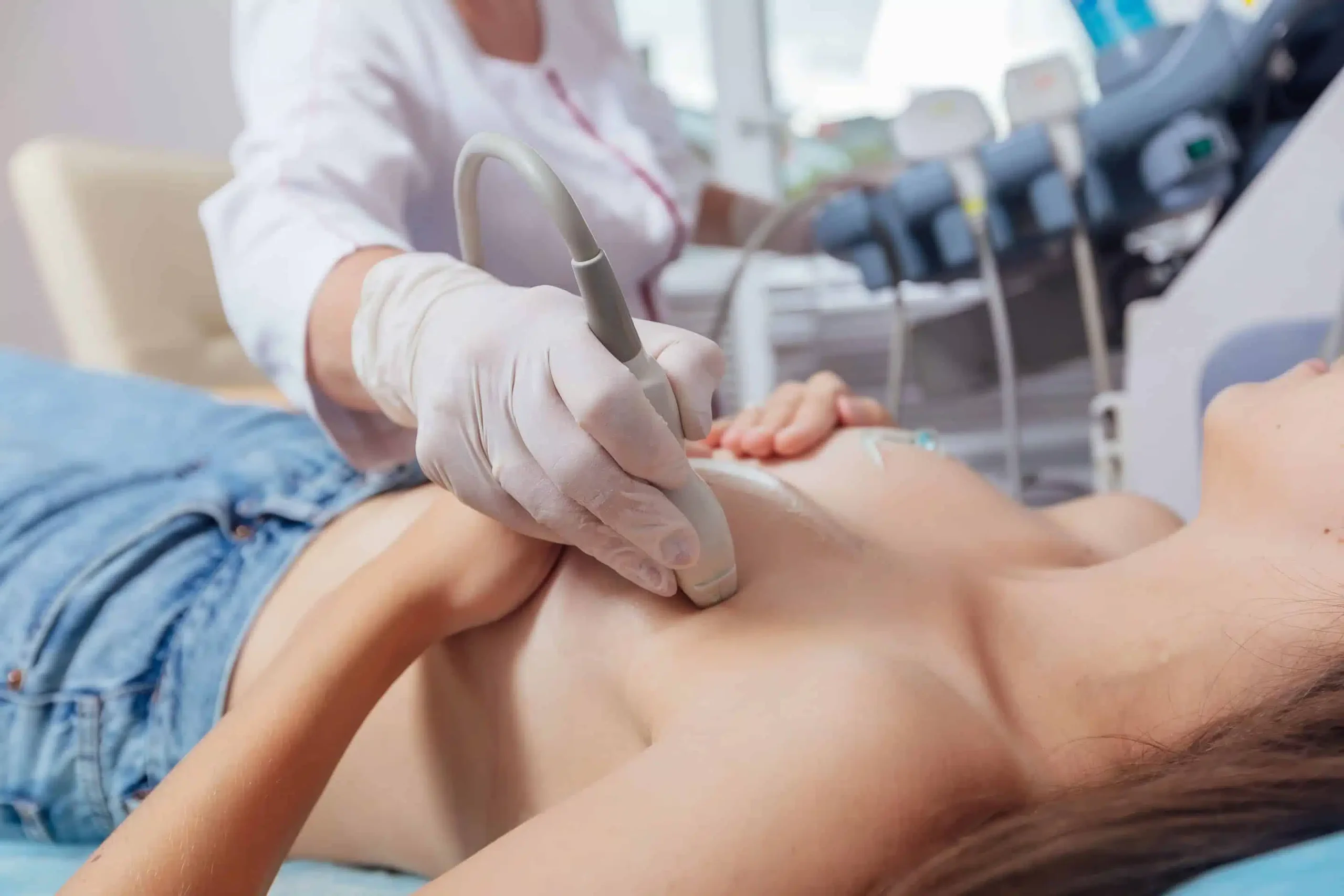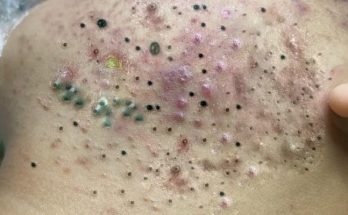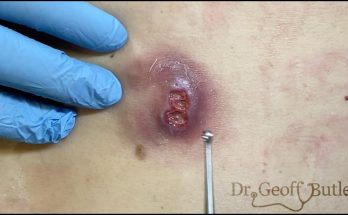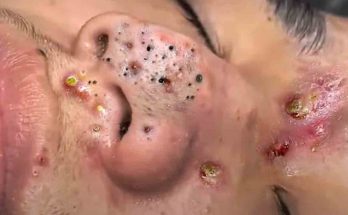
How Breast Implant Surgery is Done?
Breast implant surgery, also known as breast augmentation, involves placing implants behind breast tissue or under the chest muscle to increase breast size and alter their shape. The procedure typically involves making an incision, creating a pocket for the implant, inserting the implant, and closing the incision.
Here’s a more detailed breakdown:
1. Anesthesia and Incisions:
- Breast augmentation is usually performed under general anesthesia, meaning the patient is asleep during the procedure.
- Incisions are made in one of three locations: under the breast in the natural fold, around the areola (the darkened area around the nipple), or in the armpit.

2. Creating the Implant Pocket:
- The surgeon separates the breast tissue from the chest wall muscles to create a pocket for the implant.
- The pocket can be created either above or below the pectoral (chest) muscle.

3. Placing the Implant:
- Saline implants are inserted empty and then filled with sterile salt water once in place.
- Silicone implants are pre-filled with silicone gel before surgery.
- The implant is positioned within the created pocket, centered behind the nipple.

4. Closing the Incision:
- The incision is closed with sutures (stitches).
- Dressings and a supportive bra or bandage are applied.
5. Recovery:
- Post-surgery, some soreness and swelling are normal.
- Scars will fade over time but may not disappear completely.
- A compression bandage or sports bra may be recommended for support.

Different Approaches:
- Subglandular: Implant is placed between the breast tissue and the muscle.
- Submuscular: Implant is placed behind the chest muscle.
- Dual Plane: A combination of both approaches, where the implant is placed partly under the breast tissue and partly under the muscle.

Important Considerations:
- The choice of incision location and implant placement depends on individual anatomy, desired results, and surgeon’s recommendation.
- Risks associated with breast implants include infection, capsular contracture (scar tissue around the implant), and implant rupture.


